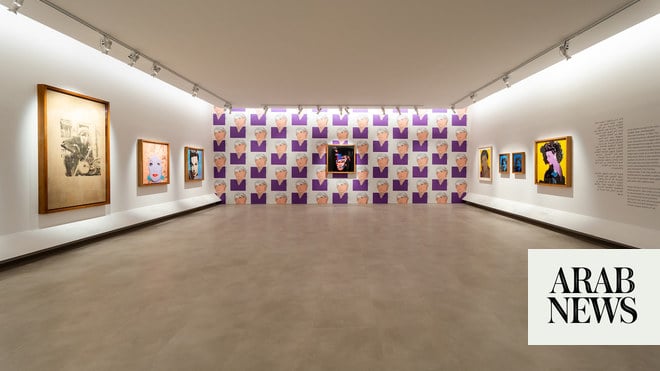
Didn’t get a chance to see the Tate’s marvellous Warhol exhibition before the coronavirus outbreak locked everything down? Fear not. You can still experience what it’s like to be famous for 15 minutes (OK, technically 6mins 59secs) by watching this new video by the gallery, in which the curators take you around the show – from the immigration forms that document Warhol’s parents arrival in the US to the artworks that grappled with his sexuality and sense of mortality.
It may not be a real-life visit, but it is nevertheless a chance to get up-close and personal with Warhol’s work in a whole new way as our guides provide insights on everything from his influence to his silver wigs.
“Curating an Andy Warhol exhibition in the present-day means confronting a world where everyone has a mental projection of the artist and his production,” say curators Gregor Muir and Fiontán Moran. “Everyone owns Warhol. He is one of those rare artists who transcends the art world, having become widely known as one of America’s most famous artists, if not one of America’s most famous Americans. Over time, Warhol became – and still is – a big brand, which is just how he wanted it.”
Their aim with the show was to strip away some of the myths about Warhol’s work. “When many think of him, they still turn to pop art and images of soup cans and Coca-Cola bottles, Marilyn’s and Jackie’s. Yet most of these works were produced in the early part of the 1960s at the artist’s first home on Lexington Avenue, not the Silver Factory, as people imagine. The reality being that Warhol’s enduring influence can be found in his long-running investment in experimental film and TV, as well as his ongoing fascination with celebrity, business art, pop music and commercial publications.”
Warhol was known for shrouding his real identity behind hype and eccentricity. Muir and Moran used this as an opportunity to examine the person beneath all of that. “We wanted to look at Warhol for who he was, taking into account his family’s journey to America from eastern Europe, his queer identity, and the way in which his work would ultimately be informed by death and religion,” they say. “With this in mind, we wanted to look at Warhol afresh.”











